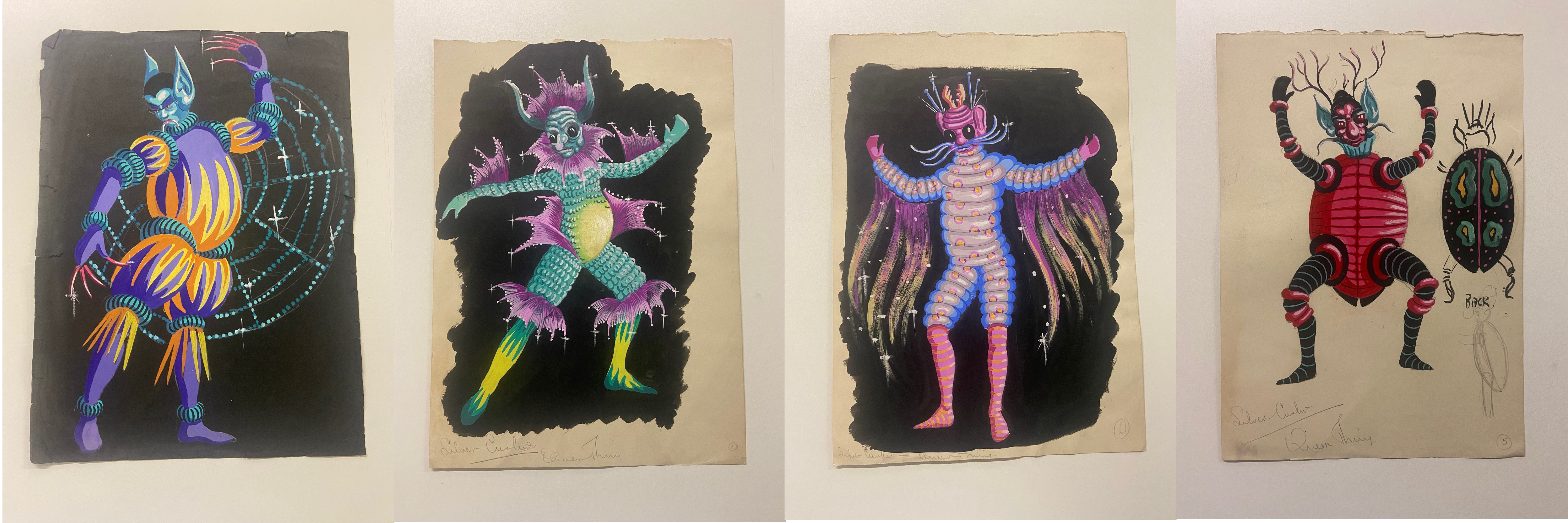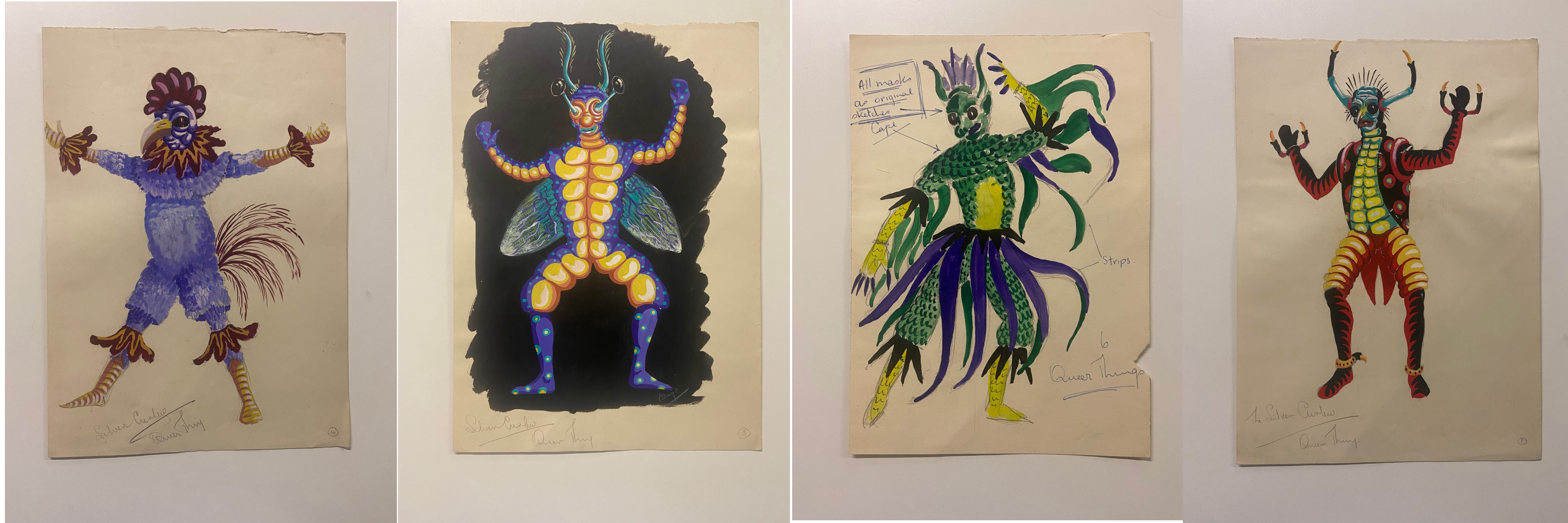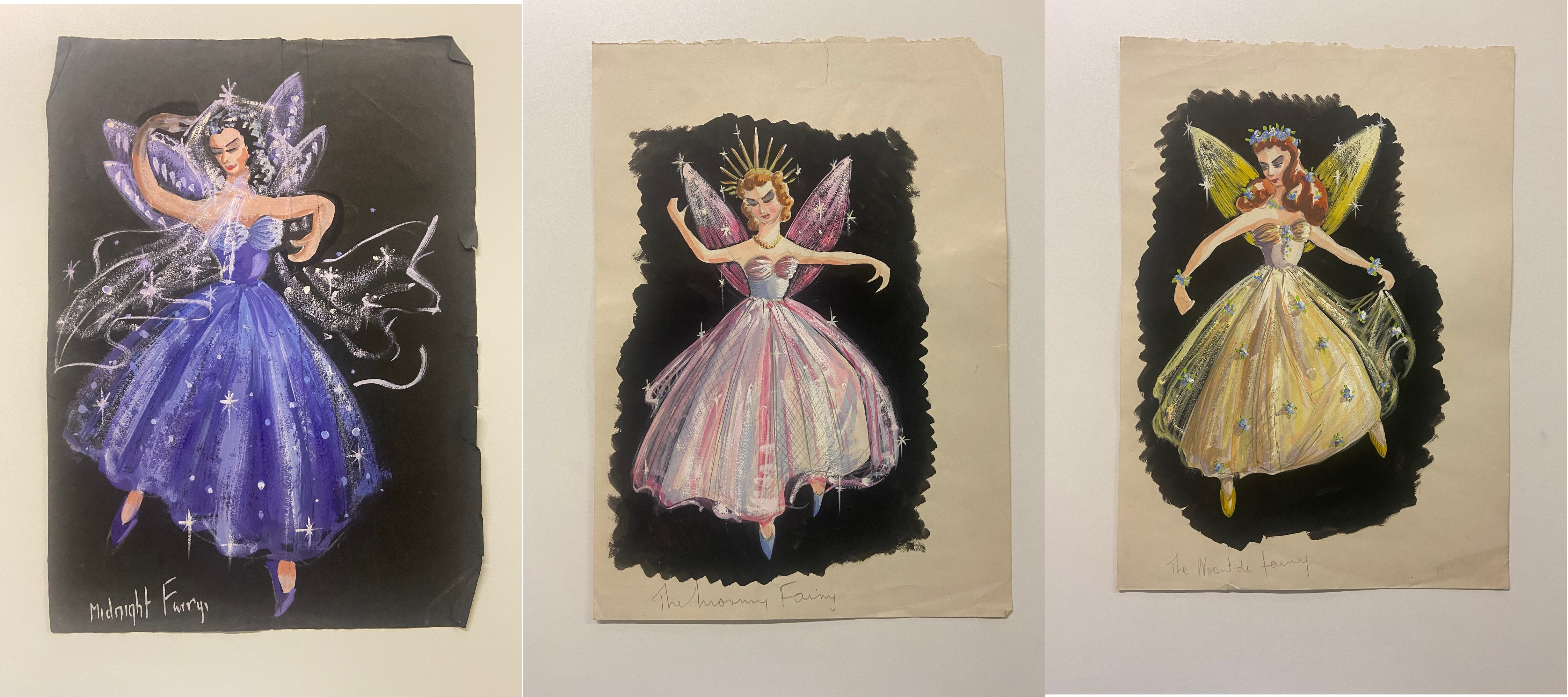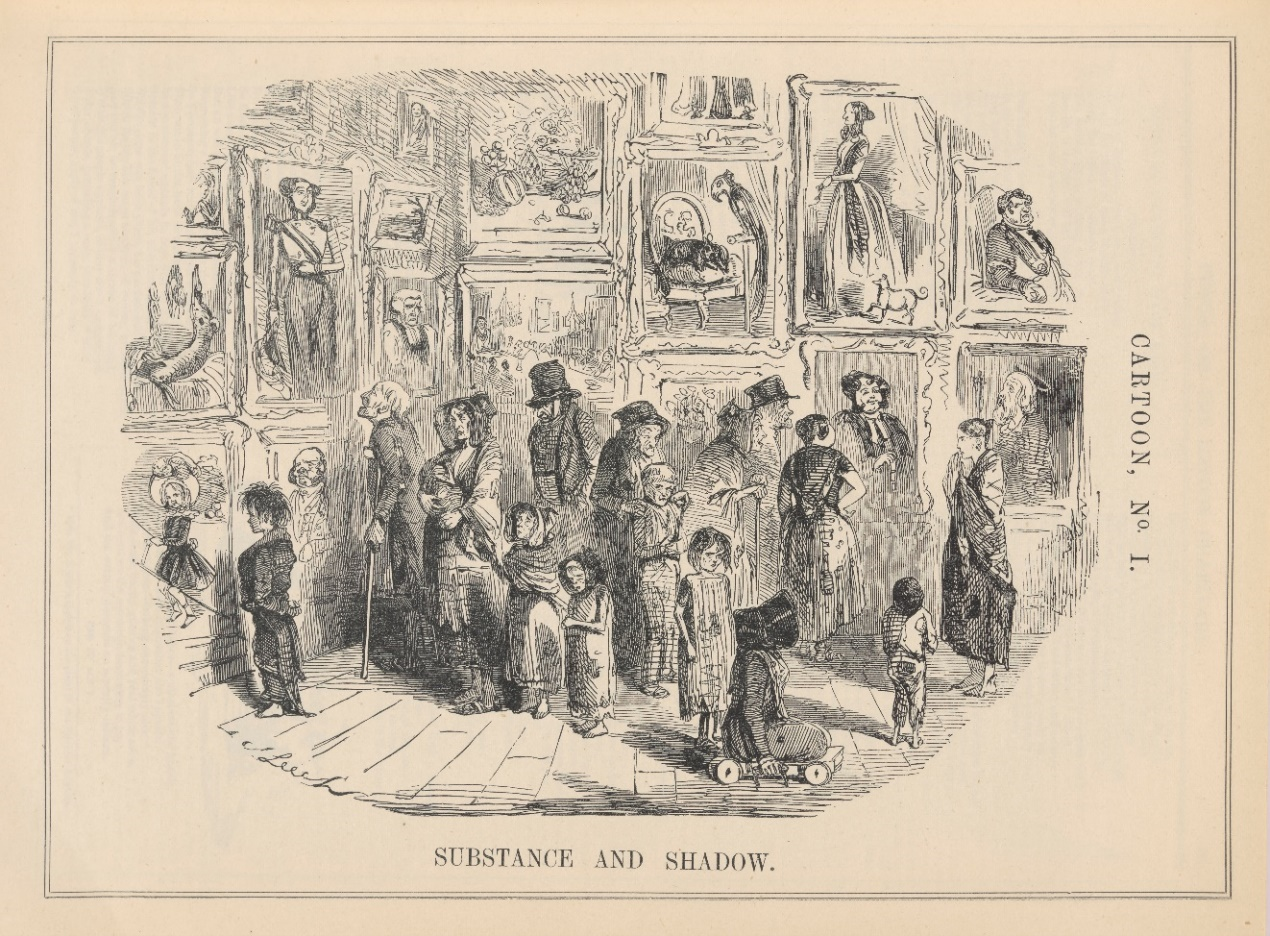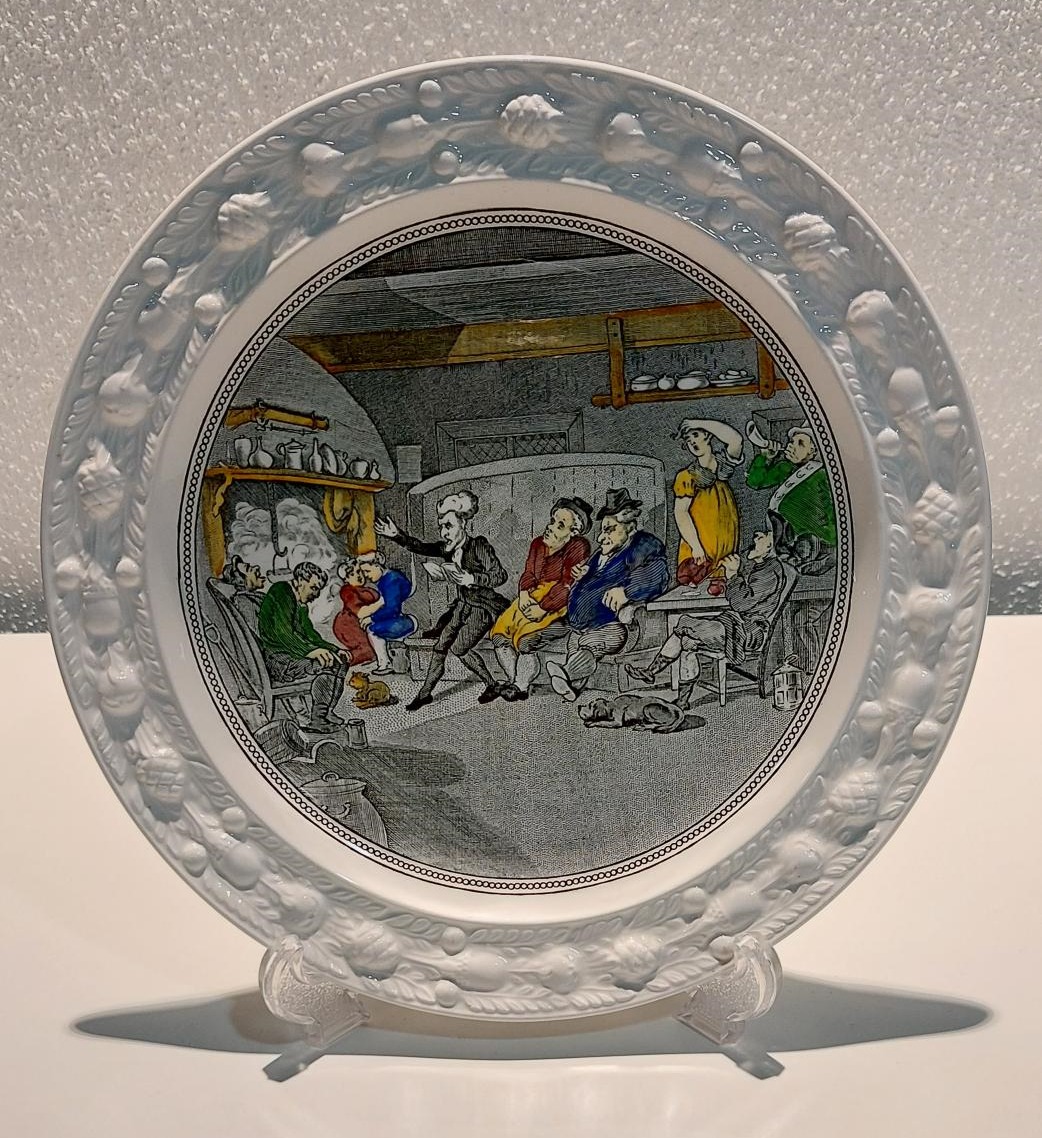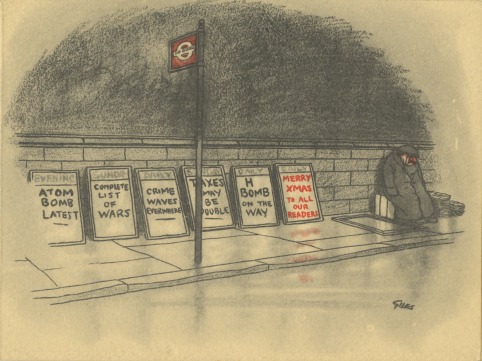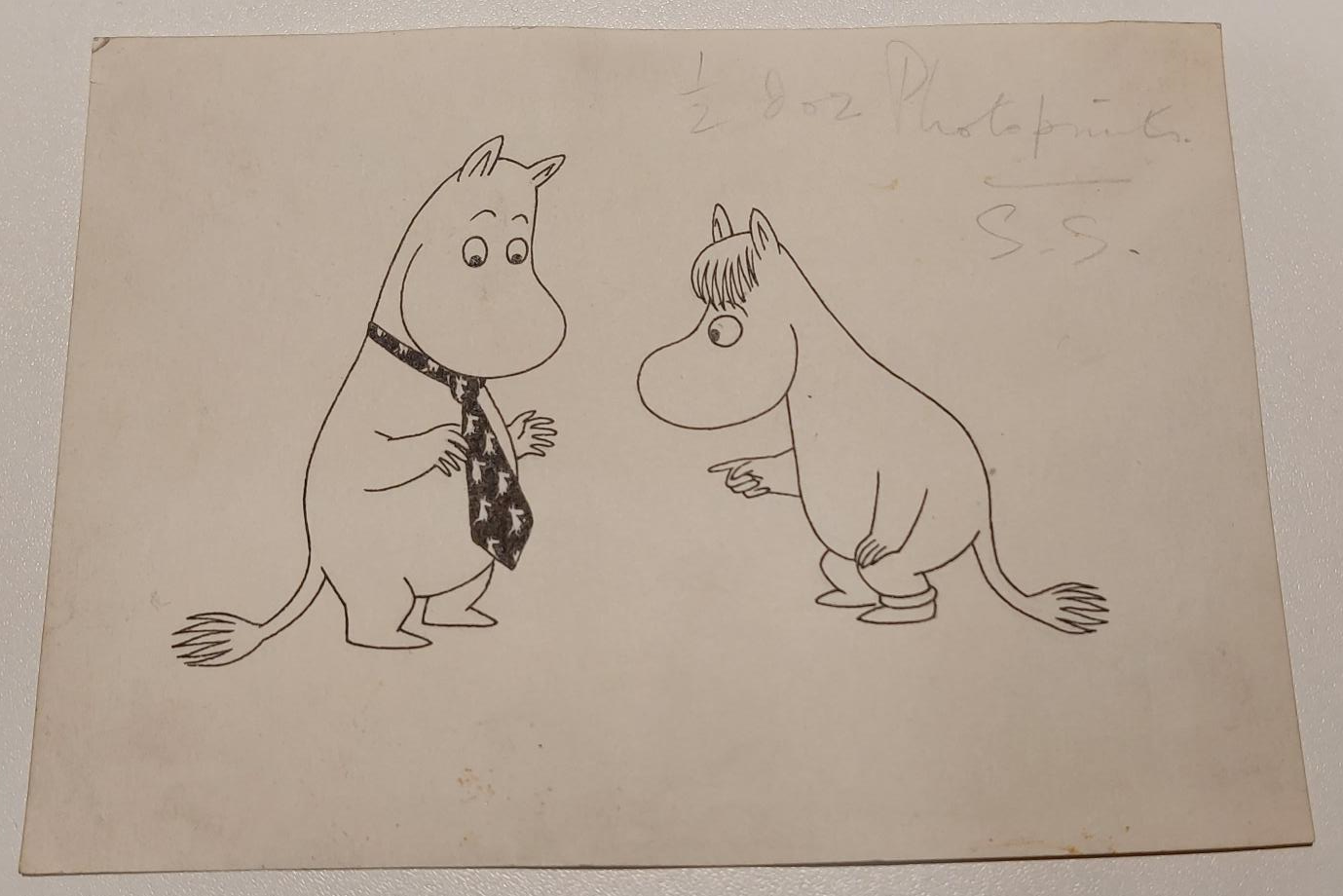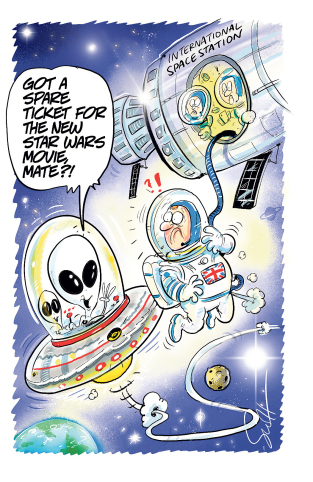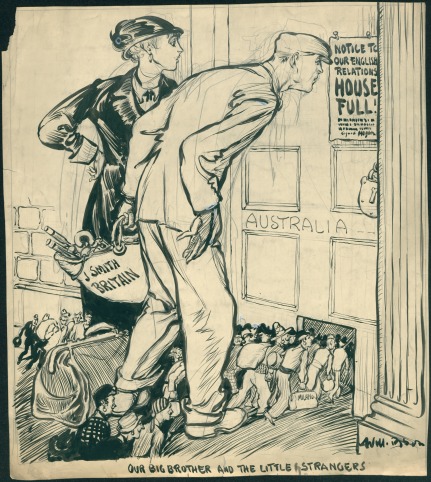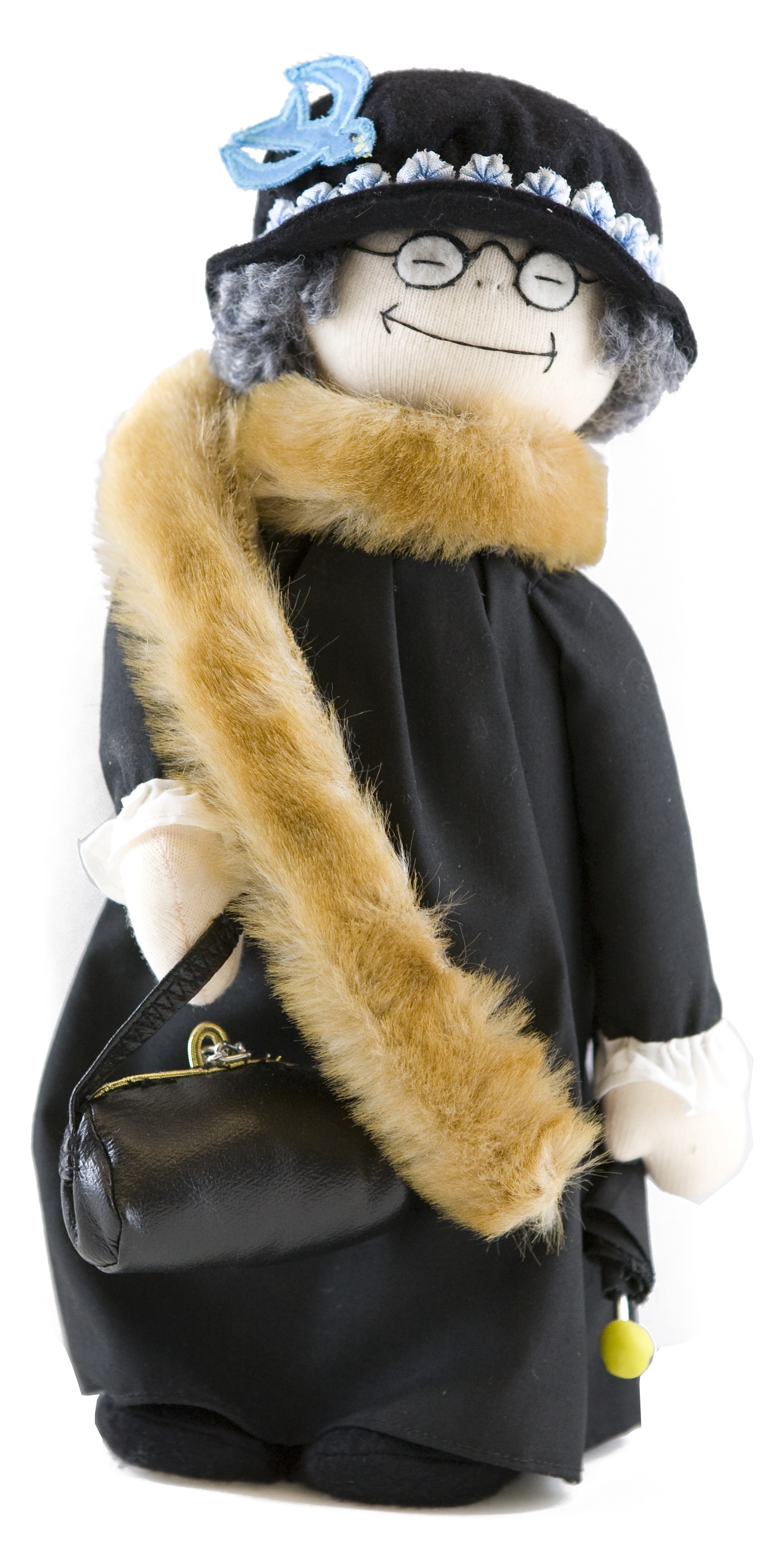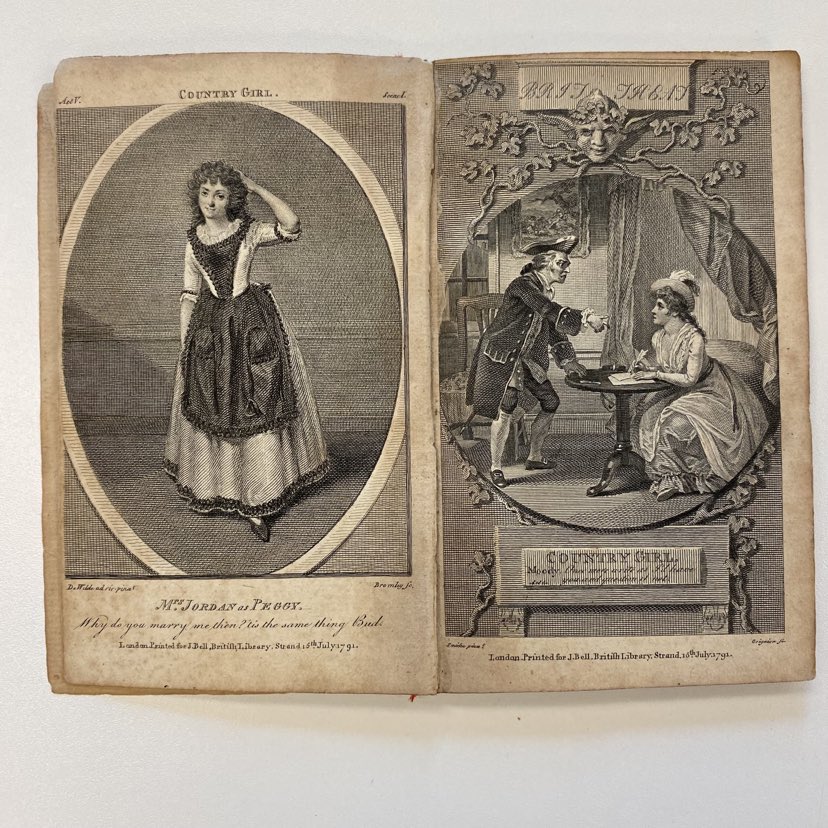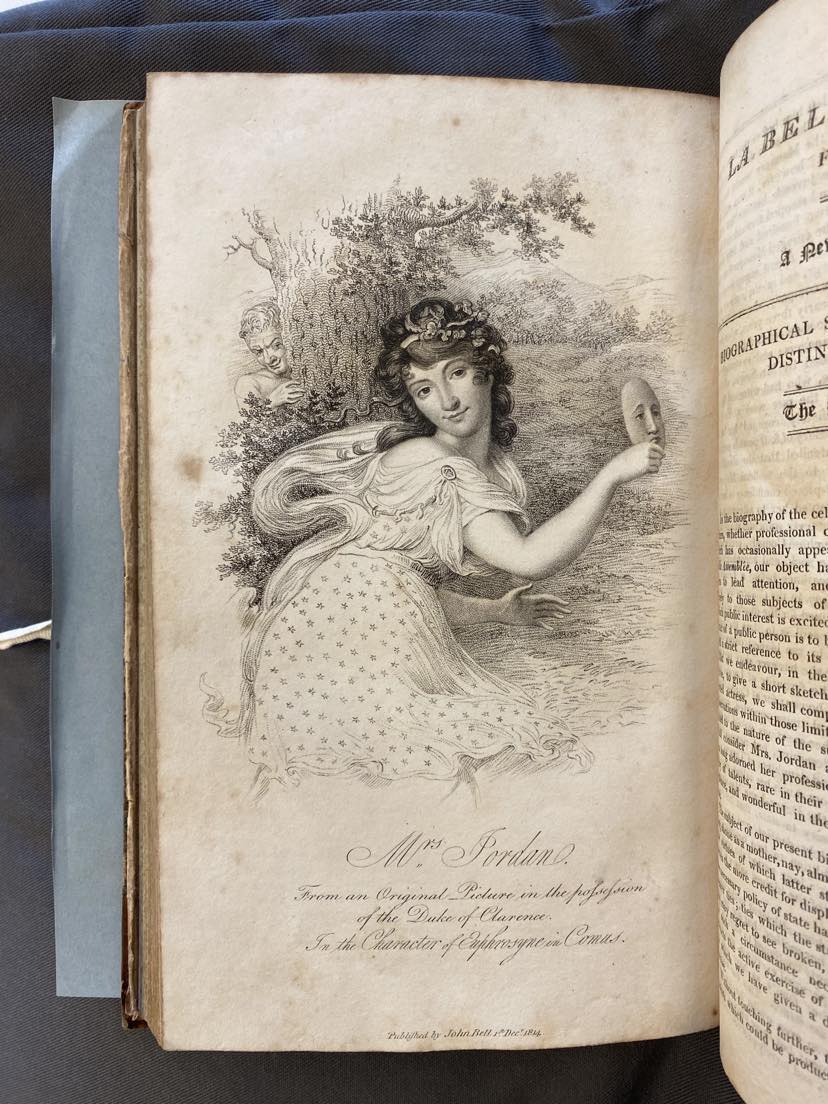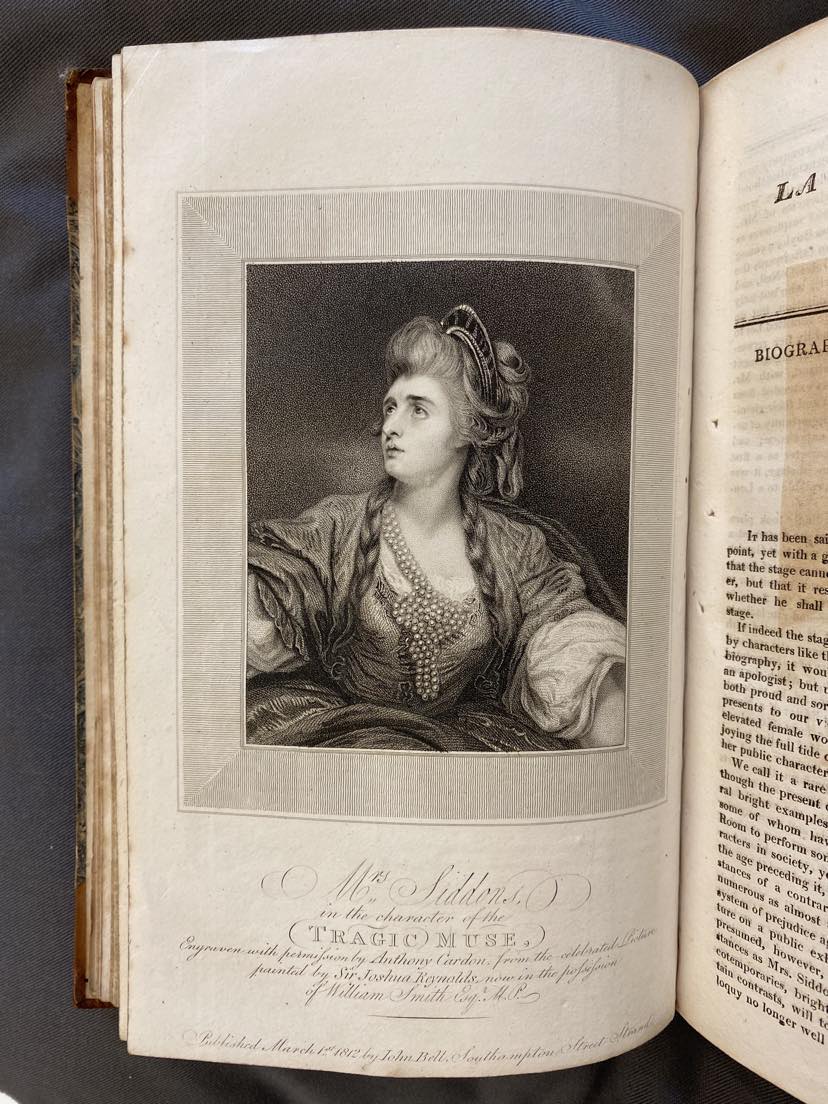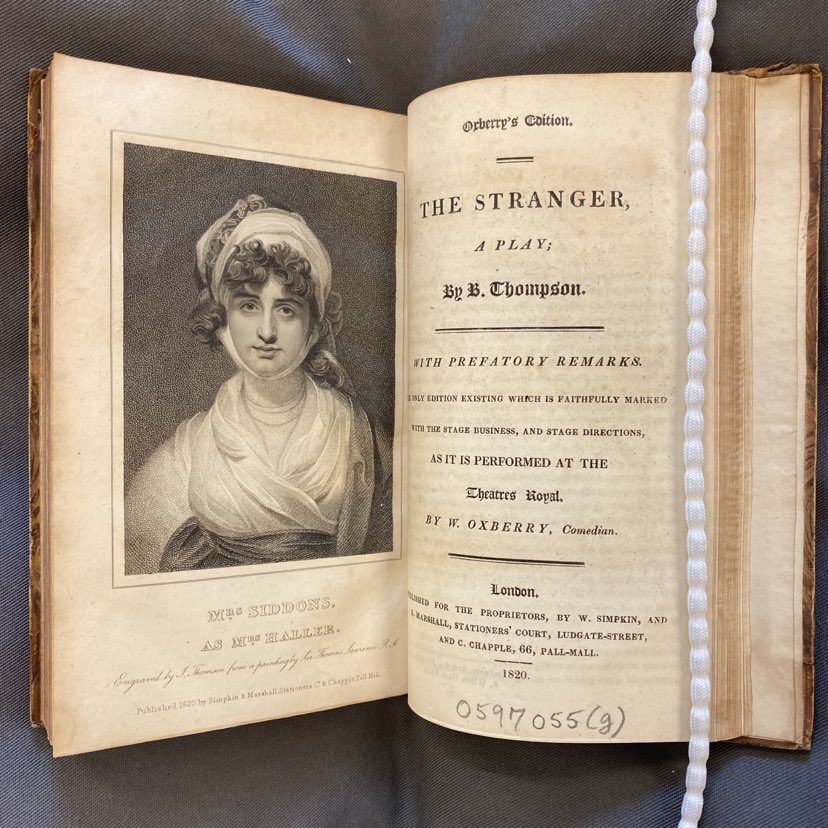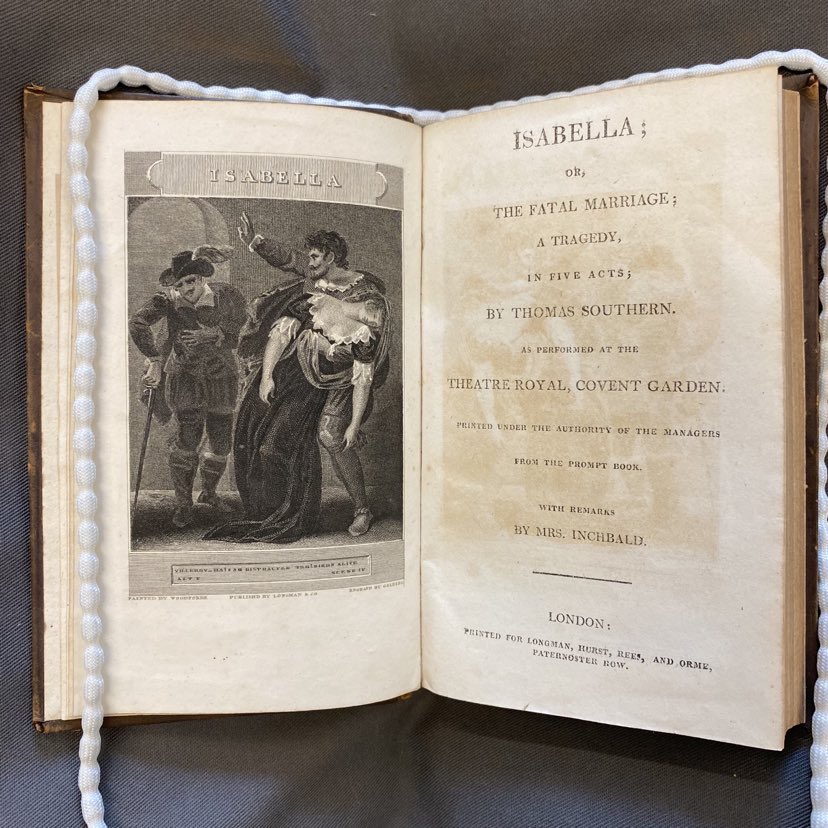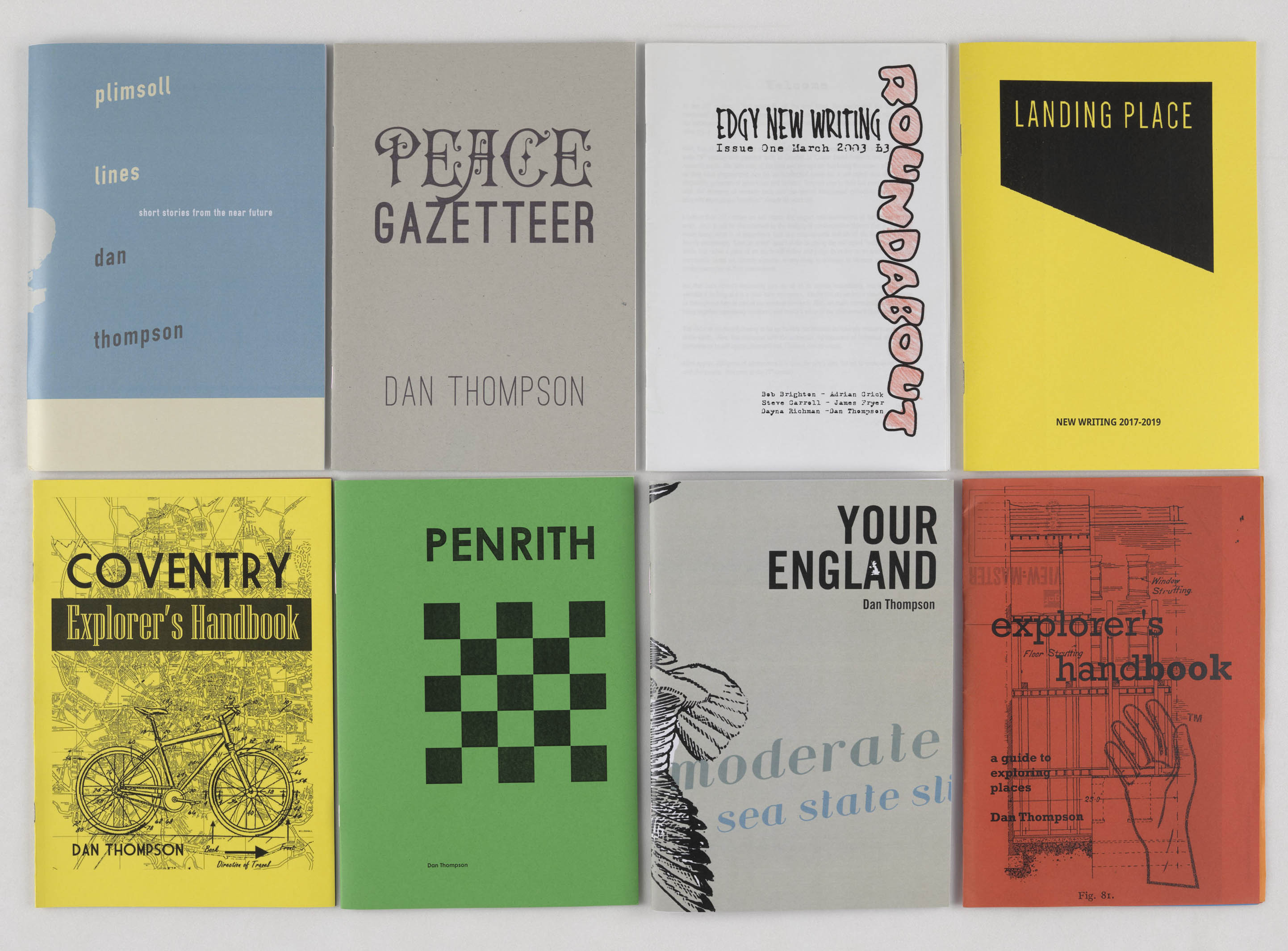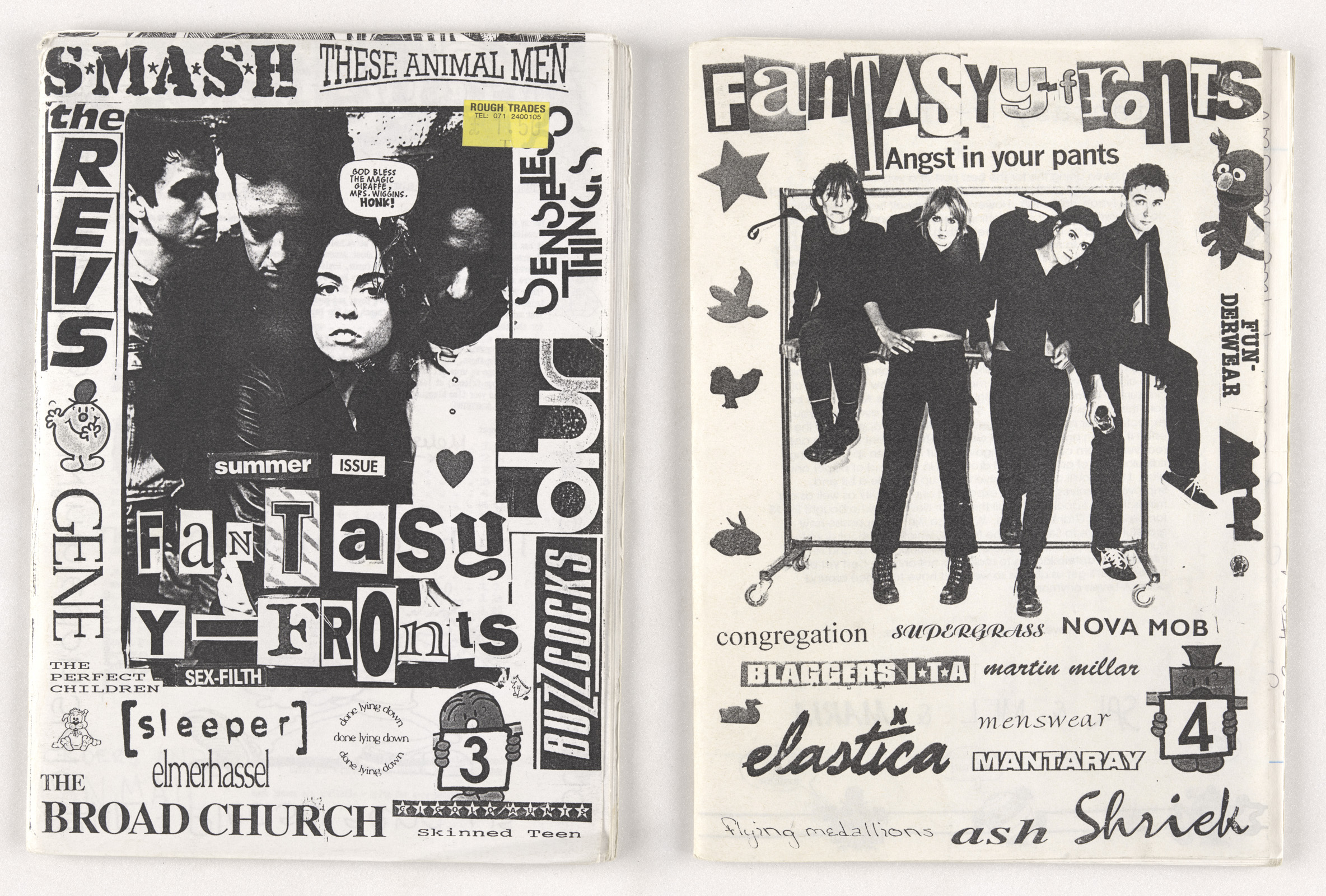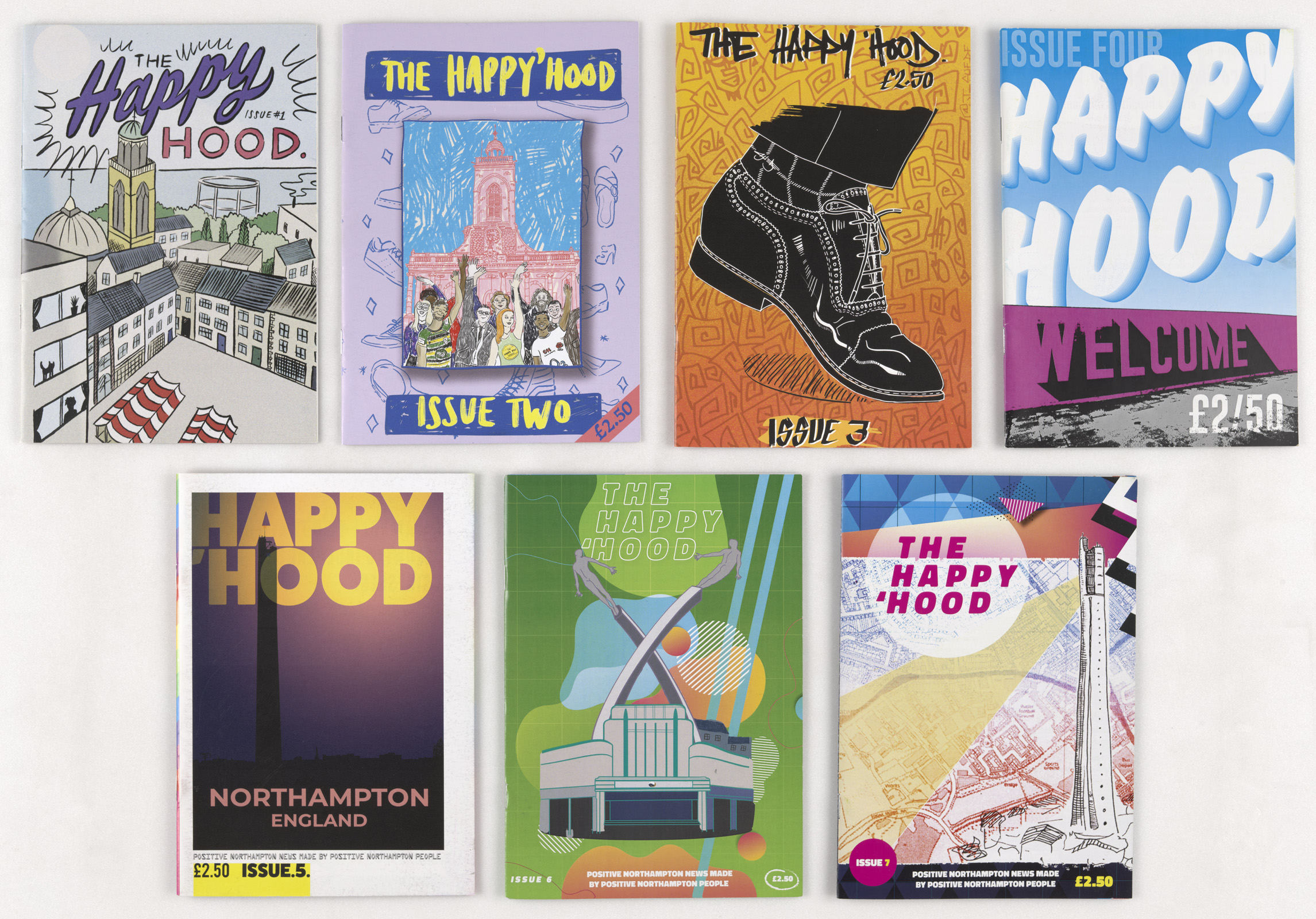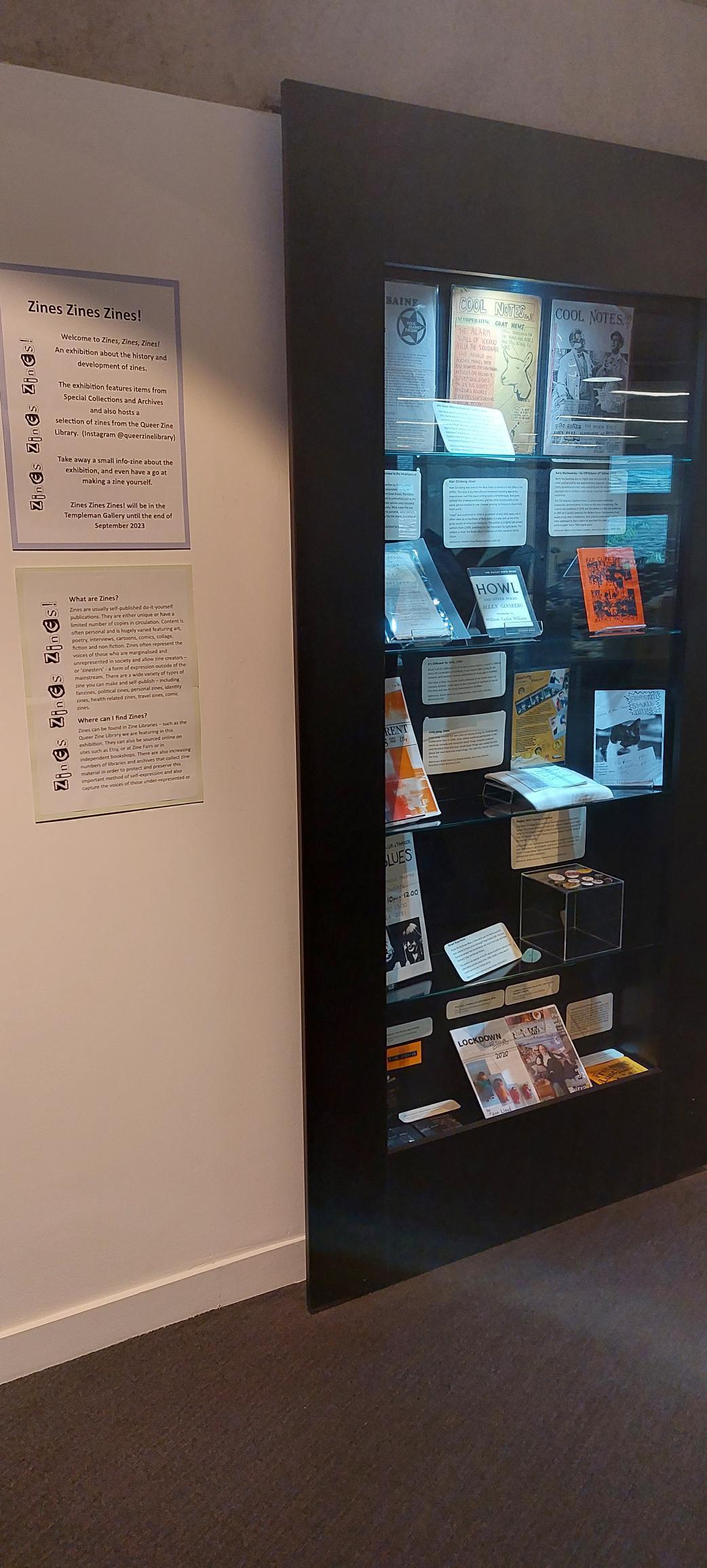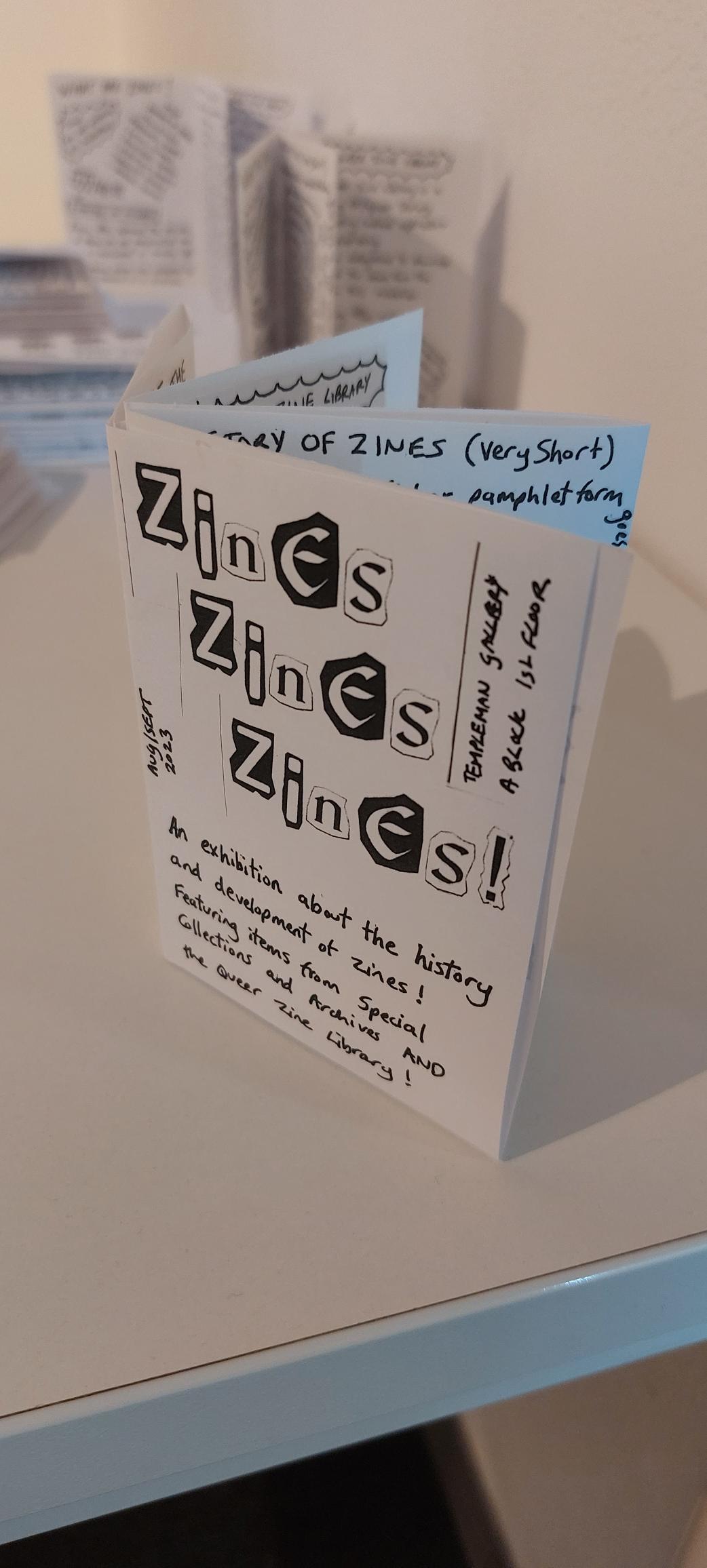Halloween is all about terrifying tales and The Silver Curlew by the English author Eleanor Farjeon perfectly fits the bill. First performed at the Liverpool Playhouse in December 1948, and directed by John Fernald, The Silver Curlew is a retelling of the classic Norfolk tale of Tom Tit Tot, the English version of the European folklore Rumplestiltskin. In this retelling, which is also set in Norfolk, Poll, the main protagonist, teams up with Charlee Loon to save a silver curlew, and, later in the tale, save Doll, Poll’s sister, who marries King Nollekens. King Nollekens believes that Doll has exceptional skills as a spinner as a result of a boast by Doll’s mother, Mother Codling. However, this could not be further from the truth as Doll cannot spin – rather than having woven twelve skeins of cloth, Doll had actually eaten twelve dumplings! Doll ends up at the mercy of Tom Tit Tot, a notorious imp who offers to spin flax for her so that Doll may be able to impress her husband but who asks this at a price!
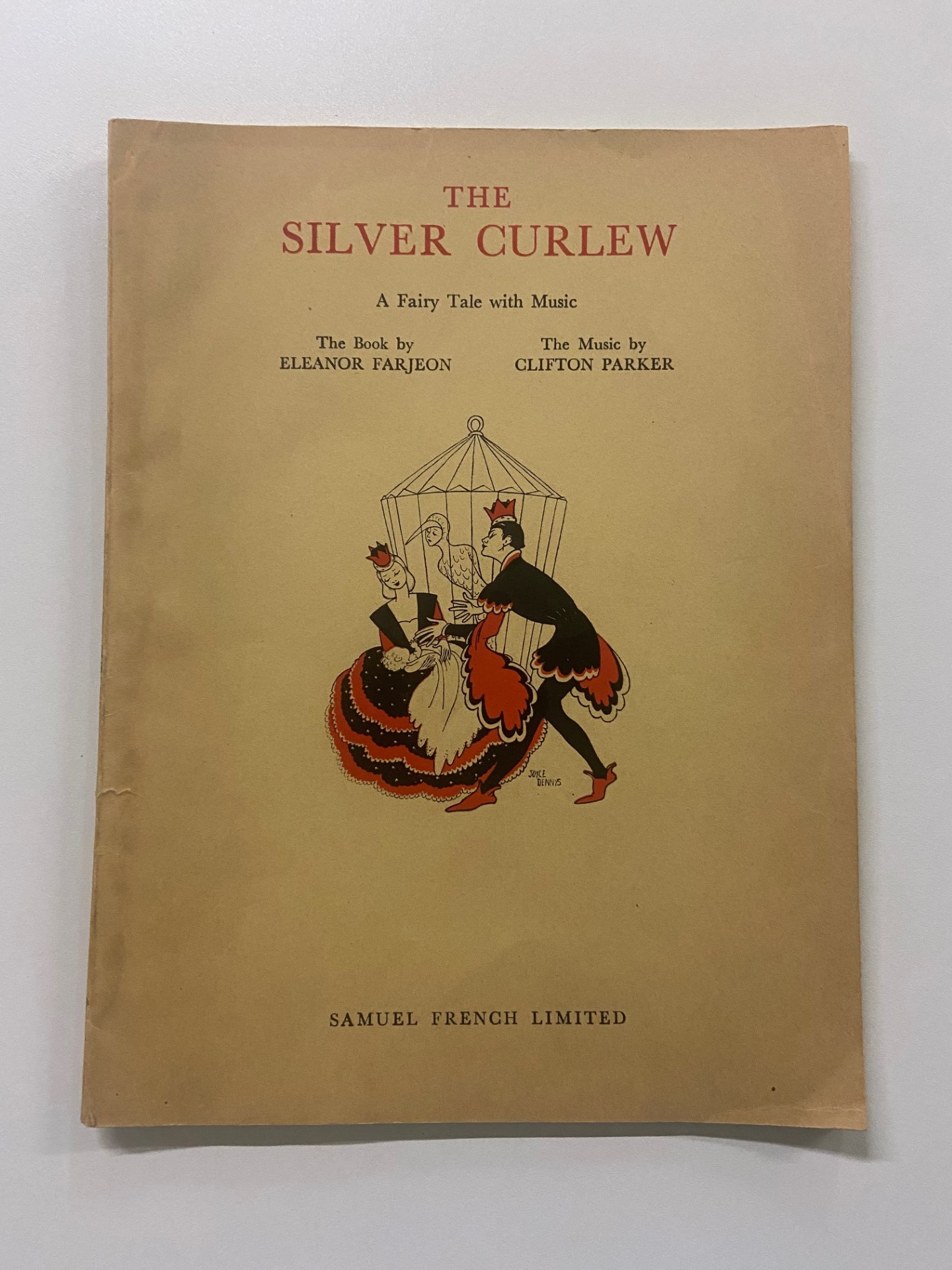
Front cover of The Silver Curlew by Eleanor Farjeon. This text of the play was published by Samuel French Limited in 1953.
Infused with elements of British folklore, this tale is wonderful, magical, and terrifying all at once. Whilst originally created as a stage production to be performed at Christmas time for children, and turned into prose as a children’s story in 1953, many of the characters within The Silver Curlew would make anyone’s hair stand on edge on All Hallows Eve!
In the David Drummond Pantomime collection, we have materials relating to The Silver Curlew, including some spinetingling costume designs by the designer Paul Mayo. To tie in with the fabulous and spooky costume inspiration shared by staff from Special Collections & Archives on our social media platforms, we’re going to keep giving you some treats this Halloween by sharing some extra ghastly and ghoulish costume designs of things that go bump in the night from this scary story!
The Queer Thing
Central to the story of The Silver Curlew, are the ‘queerest [creatures]’ that Poll had ever seen and these creatures definitely get a 10/10 for getting their creepy vibe on this Halloween. Known as the Queer Things, these creatures are fantastical and would certainly stop you in your tracks if spotted on Halloween night!
If their names weren’t already strange enough – Trimingham, Gimingham, Knapton and Trunch, and Northrepps and Southrepps – these colourful ‘Queer Things’ vary in appearance with some boasting some rather devilish looks, with razor sharp claws and horns. Others are more anthropomorphic and arthropod-like, with costumes appearing rather like the exoskeletons of insects or creatures. In the play, they’re described as ‘uncouth’ and ‘[rising] and [breaking] into a wild capering dance’ – not hard to imagine from Mayo’s strange designs and certainly what one would expect out and about on Halloween!
Bats
Lots of uncanny creatures feature in Eleanor Farjeon’s tale, including everyone’s favourite spooky season creature, bats. Bats have had a long association with All Hallows Eve and tend to have a creepy reputation, so we couldn’t miss this opportunity to share Paul Mayo’s truly bat-tastic designs to celebrate this spook-tacular holiday!
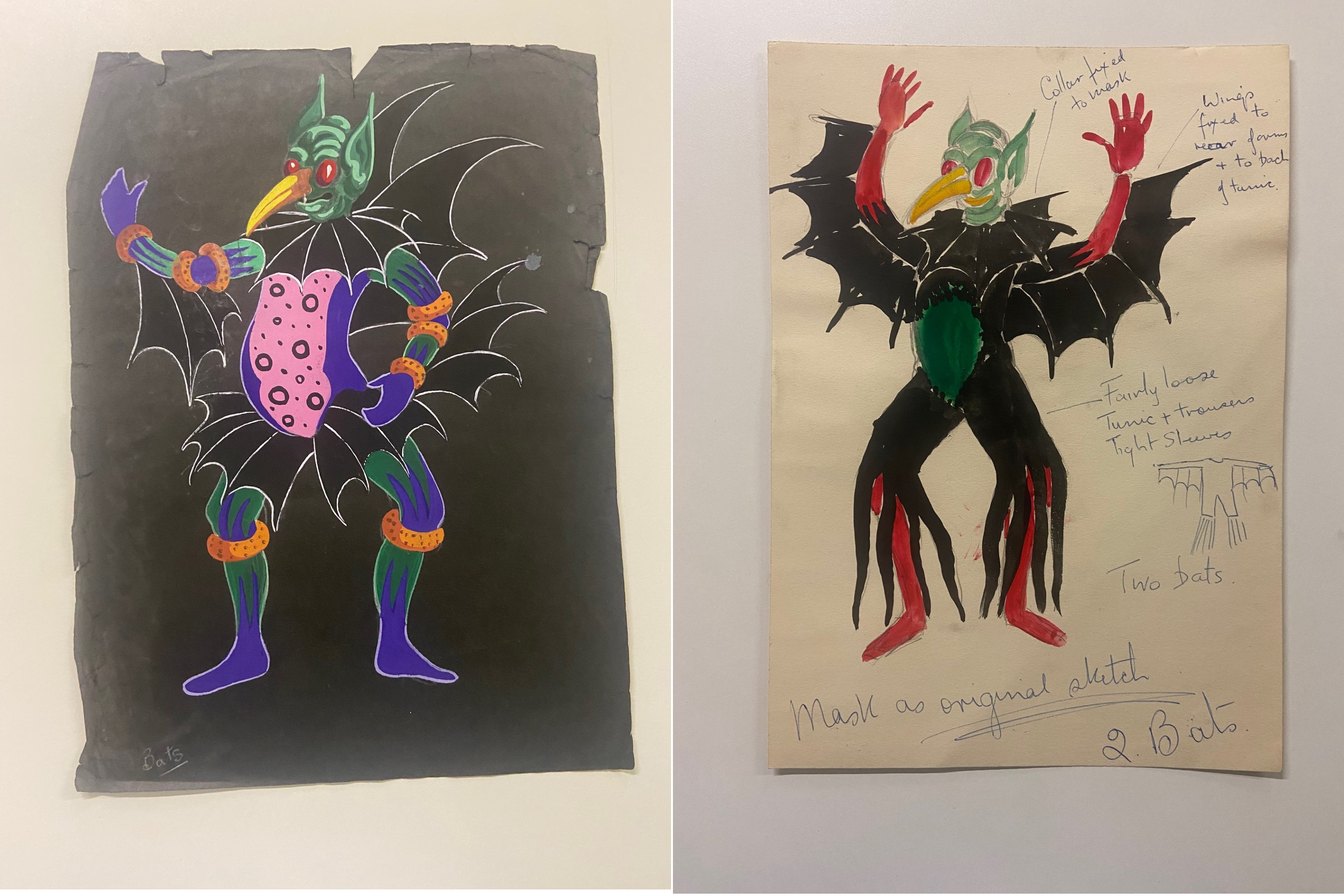
Paul Mayo’s designs for ‘Bats’. These are original sketches, with the sketch on the right providing details about how parts of the costume, like the mask and wings, should be fixed.
Drawing upon typical features of the bat, such as their great wingspan and their large ears, Mayo brings this magical mammal to life through his stunning costume designs. The masks for the bats are especially sinister and eerie, and when darkness falls on Halloween I wouldn’t want to see this popping out of the shadows!
Rackny The Spider Mother
Halloween is also the season of the witch and Paul Mayo does not disappoint in his representation of the witch Rackny The Spider Mother, who in Farjeon’s fairy tale is found within the Witching-Wood over her bubbling cauldron and singing her song:
Ho! Ho! In they go.
The best of savoury stews
Is serpents’ eggs
And spiders’ legs
And the muddy dregs of the Ouse!
The image of Rackny mixing her stew gives some real ‘double double toil and trouble’ vibes and this witchy persona is spectacularly captured by Mayo. With her pointed hat, large cloak, and dress decorated with cob webs, she embodies the fearsome, wraithlike, and mysterious traits of the traditional witch that many of us have grown up with.
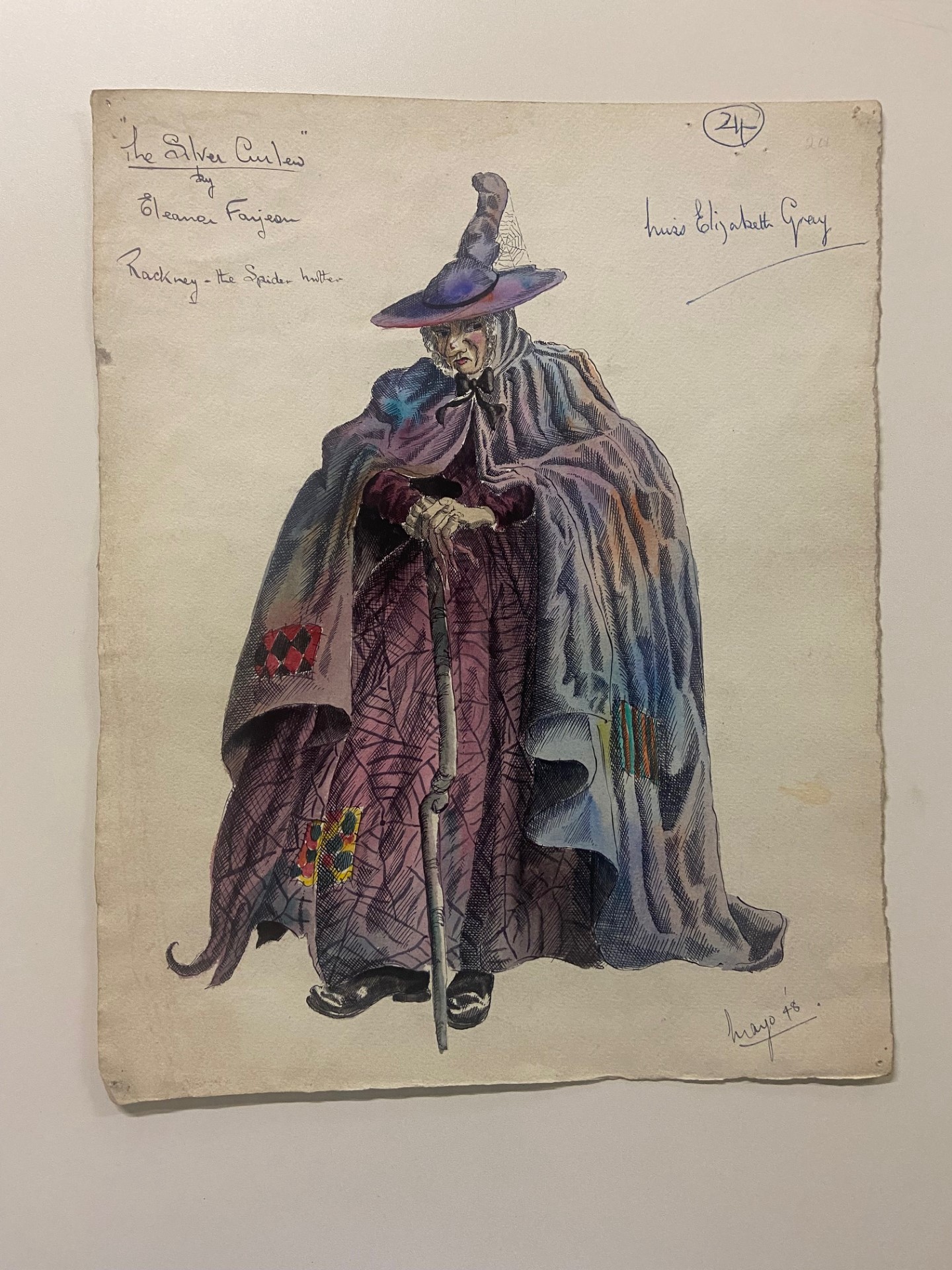
Costume design by Paul Mayo for the character Rackney the Spider Mother, played by Elizabeth Gray. This costume design is signed by Mayo and dated to 1948.
Fairies and folklore
Not as scary, but just as magical, are Paul Mayo’s fairies. When thinking about Halloween, you may not immediately think of fairies as spooky but they were feared by the Celts on Samhain Eve, a historic Gaelic holiday that marked the transition between 31st October and 1st November. Whilst fairies were considered to be ‘good folk’, on this particular night when the lines between the living and dead were blurred, Celts feared their presence.
Luckily for Poll, Doll, Charlee Loon, and the other characters of The Silver Curlew, Eleanor Farjeon’s fairies are the good kind. In the tale, the Morning Fairy, Noontide Fairy, and Midnight Fairy act as Godmother to Doll and King Nollekens’ baby, bestowing loving gifts that are blessings.
Mayo expertly captures their etherealness in his costume designs, highlighting their magical qualities and stressing their soft features. He draws on well-known ideas of what a fairy looked like, drawing these as small-sized, winged women – very Tinkerbell-like for anyone who’s familiar with Disney’s Peter Pan! They are dainty and, in distinction to Rackny, for example, are painted in brighter colours and are clothed differently – they provide a real contrast to Rackny’s dark, gloomy wardrobe. Mayo’s fairies are fair folk who use their magic for good. If dressing up as a fairy this Halloween, will you be the good kind or will you be tormenting poor souls out to trick or treat?
Tom Tit Tot
The creepiest creature of all in The Silver Curlew may just be the tale’s antagonist, Tom Tit Tot! Drawn from the German fairy tale of Rumplestiltskin, the story of Tom Tit Tot derives from Suffolk folklore and was first recorded by Anna Walter-Thomas, who contributed the story to the Ipswich Journal in 1878, recreating it from the story she had been told by her nurse. The story was later included by Australian folklorist and publisher of English folklore Joseph Jacobs within his English Fairy Tales, published in 1890. Just like Rumplestiltskin, the name-guessing game is a trick of Tom Tit Tot’s.
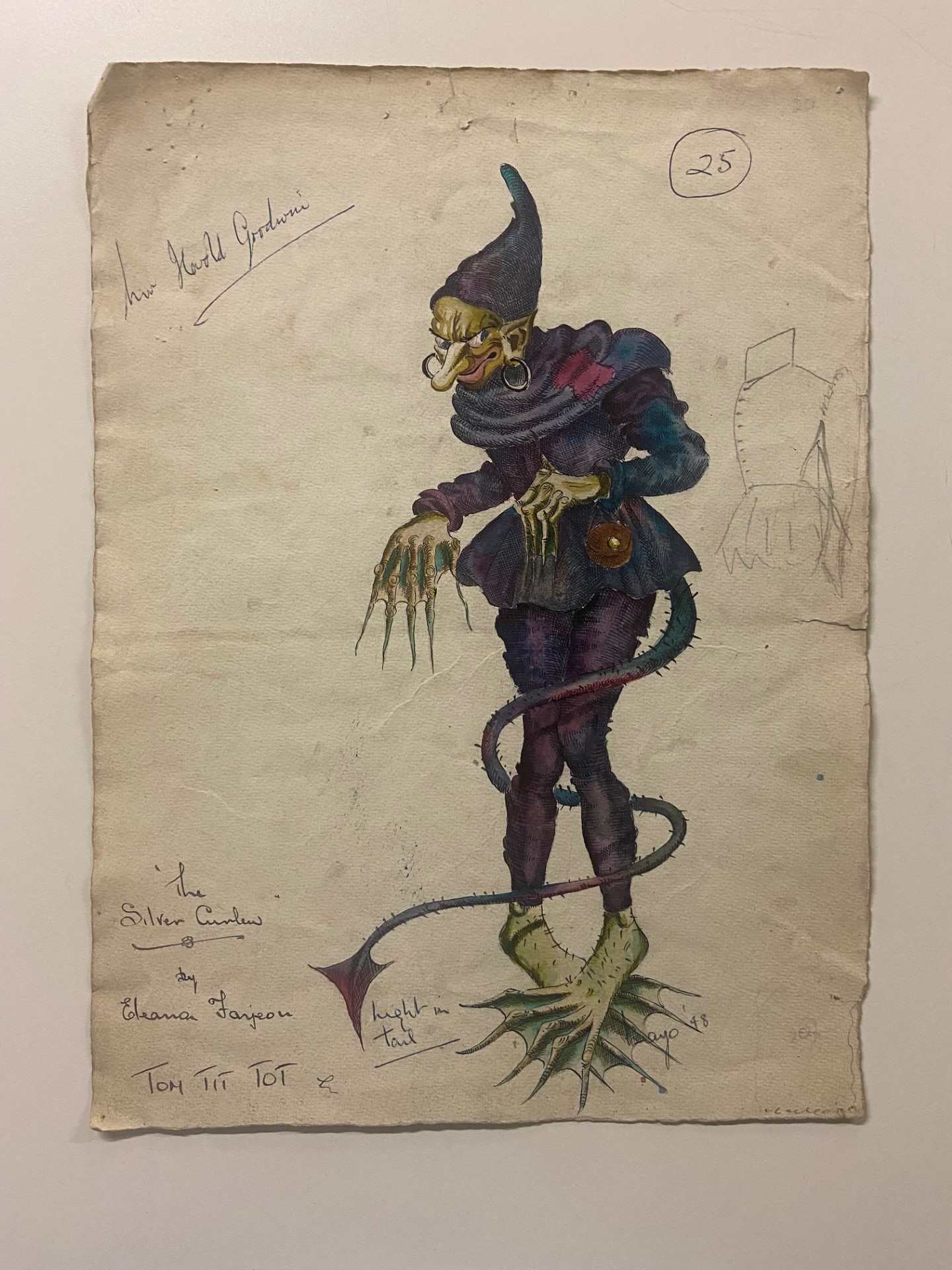
Costume design by Paul Mayo for the character Tom Tit Tot, who was played by Mr Harold Goodwin. This costume design is signed by Mayo and dated to 1948.
Jacobs’ Tom Tit Tot was devised to be even scarier than Rumplestiltskin and Paul Mayo’s costume design for this character, who was played by Mr Harold Goodwin, certainly draws upon traditional folklore to design a truly horrifying character! Tom Tit Tot is an evil character, surrounding himself with the Queer Things, and, took pleasure in bringing in misery to others. He bargains with Doll, agreeing to spin flax for her, asking in return that ‘In twelve months Doll is mine, mine, mine!’. In the European tale of Rumplestiltskin, he agrees to spin straw into gold for a miller’s daughter, who, like Doll, marries the king of the land. However, in contrast to Tom Tit Tot, Rumplestiltskin asks in return for her first-born child, rather than she herself, only agreeing to allow her to keep her child if she can guess his name.
Like Jacobs’ Tom Tit Tot, Mayo’s costume design has long, webbed, outstretched hands with gnarled fingers and a whirling, horned tail. His grotesque and impish facial features also hint at his suspicious and malevolent nature. If you’re ready to scare this All Hallow’s Eve, dressing up like Tom Tit Tot will do the trick!
Whilst there are several costume designs by Paul Mayo for The Silver Curlew, including the silver curlew and our main protagonists Poll and Charlee Loon, those included within this blog post are certainly the creepiest in the collection and sure to give anyone a fright on Halloween night!

